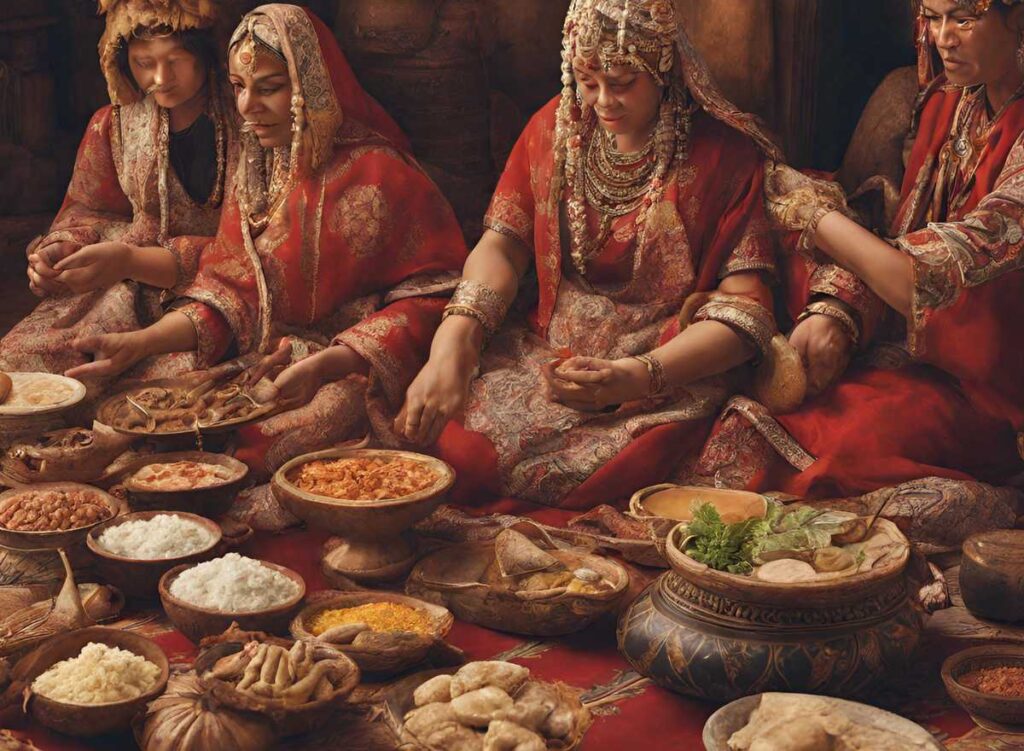
Asianismo, a term resonating across culture, art, and philosophy, signifies a vibrant movement rooted in the celebration of Asian heritage and traditions. This exploration dives into the historical roots, contemporary relevance, and multifaceted impact of Asianismo on various aspects of our global society.
Historical Roots of Asianismo:
The origins of Asianismo can be traced to ancient Eastern philosophy and art, emerging as a response to cultural intermingling and globalization. It stands as a powerful force reclaiming and celebrating the diverse heritage, history, and artistry originating from the Asian continent. Asianismo counters the overshadowing of traditions by dominant Western narratives.
Asianismo in Contemporary Society:
Far from being confined to history, Asianismo plays a significant role in shaping contemporary societal norms. It manifests in various fields, including art, architecture, and lifestyle choices, emphasizing the enduring relevance of Asianismo in integrating Asian cultures into the global narrative.
Asianismo and Identity:
At its core, Asianismo encourages the embracing and celebration of one’s cultural heritage, fostering a sense of identity and belonging. By preserving traditional practices such as art, music, cuisine, and language, Asianismo becomes a powerful vehicle for shaping and reinforcing cultural identities.
Asianismo and Globalization:

As the world becomes more interconnected, Asianismo stands as a beacon of unity and understanding. It fosters global unity by encouraging cross-cultural relationships, celebrating diversity, and promoting a unified vision for the future. Asianismo acts as a safeguard against cultural dilution associated with globalization.
Cultural Exchange and Asianismo:
Thriving on cultural exchange, Asianismo goes beyond geographical borders, promoting dialogue and mutual understanding among diverse communities. It becomes a catalyst for enriching global perspectives through the exchange of ideas, traditions, and artistic expressions.
Asianismo in the Digital Age:
In the digital age, Asianismo takes on new dimensions, finding expression in social media, online platforms, and digital art spaces. Technology acts as a powerful amplifier, allowing the movement to transcend physical boundaries and connect individuals passionate about Asian cultures.
The Role of Asianismo in Media:
Media narratives play a pivotal role in shaping societal perceptions, and Asianismo contributes to a more nuanced and diverse representation of Asian cultures. From films to literature, the movement challenges stereotypes, fostering a deeper understanding.
Challenges Faced by Asianismo:
Despite its positive impact, Asianismo faces challenges such as cultural appropriation, misrepresentation, and navigating complex global power dynamics. Acknowledging these hurdles is crucial for the movement’s continued evolution.
Asianismo in the Educational Sphere:
Education becomes a key arena for the propagation of Asianismo, leading to increased interest in Asian studies and the inclusion of diverse Asian perspectives in curricula. It highlights the importance of fostering a comprehensive understanding of Asian cultures.
Culinary Diversity and Asianismo:
Asianismo promotes culinary diversity, celebrating the unique flavors and traditions of each region. From street food to haute cuisine, it plays a role in shaping global culinary landscapes.
Asianismo in Fashion and Lifestyle:

Fashion becomes a canvas for Asianismo expression, influencing trends, aesthetics, and the portrayal of Asian cultures globally. It transcends traditional boundaries, shaping global fashion with its dynamic force.
Asianismo and Contemporary Art Movements:
Asianismo finds resonance in contemporary art movements, influencing artistic expressions from traditional forms to modern interpretations. It becomes a source of inspiration for artists bridging the gap between heritage and innovation.
Future Trends of Asianismo: Looking ahead, Asianismo holds exciting possibilities—from increased global collaboration to a more inclusive representation of Asian cultures, poised to shape the cultural, social, and political landscapes of the 21st century.
Frequently Asked Questions(FAQs)
Q: What is Asianismo?
Asianismo is a cultural movement that celebrates Asian and Asian American identity, culture, and experience. It aims to bring Asian cultural elements to the forefront through art, music, fashion, food, and more.
Q: When did Asianismo originate?
Asianismo has historical roots dating back to the early 1900s, gaining popularity as Asian imports and travel increased in the West. It also has contemporary expressions that continue to shape our society.
Q: What are the key principles of Asianismo?
Asianismo embraces principles such as unity, diversity, identity, and activism. It aims to unite Asians from various ethnic backgrounds, celebrate cultural diversity, foster a positive sense of identity, and fuel activism for political and social causes.
Q: Who were prominent figures in the Asianismo movement?
Larry Itliong, Grace Lee Boggs, and Yuri Kochiyama were influential figures in the Asianismo movement. They played vital roles in promoting awareness, pan-Asian unity, and advocating for civil rights.
Q: How did Asianismo impact Asian American identity?
Asianismo had a profound and lasting impact on Asian American identity by promoting Pan-Asian unity, challenging stereotypes, and fostering a shared cultural pride. It helped combat prejudice faced by early Asian immigrant communities.
Q: What challenges does Asianismo face?
Asianismo faces challenges such as cultural appropriation, misrepresentation, and navigating complex global power dynamics. Addressing these hurdles is crucial for the continued evolution and resilience of the movement.
Q: How does Asianismo contribute to the educational sphere?
Asianismo makes its presence felt in academia by increasing interest in Asian studies and advocating for the inclusion of diverse Asian perspectives in educational curricula. It aims to foster a comprehensive understanding of Asian cultures.
Q: In what areas does Asianismo influence contemporary society?
Asianismo influences various fields such as art, architecture, lifestyle choices, media, and fashion. It stands as a testament to the enduring relevance of Asianismo in shaping contemporary societal norms.
Q: What role does Asianismo play in the digital age?
In the digital age, Asianismo takes on new dimensions by finding expression in social media, online platforms, and digital art spaces. Technology acts as a powerful amplifier, allowing the movement to transcend physical boundaries and connect individuals passionate about Asian cultures.
Conclusion:
In conclusion, Asianismo is not merely a movement; it is a dynamic force shaping the cultural, social, and political landscapes of our interconnected world. From its historical roots to contemporary expressions, Asianismo celebrates diversity, fosters understanding, and challenges existing paradigms—a future where cultural pride, unity, and inclusivity form the foundation of a harmonious global society.








